|
Price:
( Exclude shipping cost)
R-28 Full upgrade version:
USD1250
The free mini remote
controller not in warranty


Purchase the metal remote controller
simultaneous price is USD38
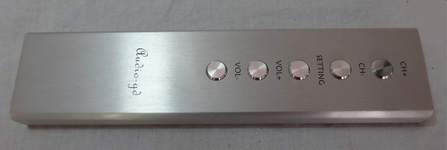
Please send your address, name
to audio-gd@vip.163.com
get the quote.
Accusilicon clocks:
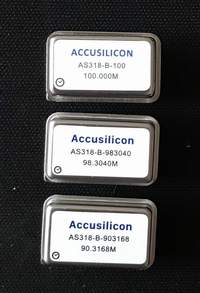
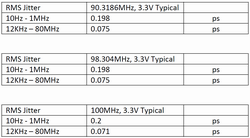
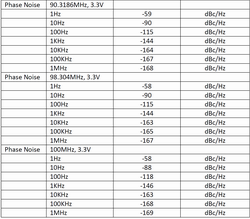
Click to download the
driver of
Amanero
combo 384
Unique Jitter elimination technology:
Jitter has always been regarded as
the root cause for sound quality of digital systems to be inferior
to that of high-end analog systems.
In some traditional DAC designs, the clock
processing method is to follow and to restore the clock of the
signal source, and some designs also include the capacity of
reducing jitter, but with limitations when the jitter level is
large.
This common solution allows getting good
measurements in lab tests. But in actual use, most signal sources
have large jitter levels, so that the resulting sound quality will
not be satisfactory.
Some DACs worth only USD150 measure better
then than some well-selling DACs of foreign brands worth tens of
thousands. Who would think that this USD150 DAC is better? This
reminds me of when the China Insurance Research Institute tested a
direct collision between two brands of cars not long ago, and
netizens commented on the car that scored higher in the test: "It
has not failed the test, but it has not won the actual battle
either."
The following three product charts are from
three DACs of different brands, guess which one is the most
expensive? (The answer is at the bottom of this page)
Product A
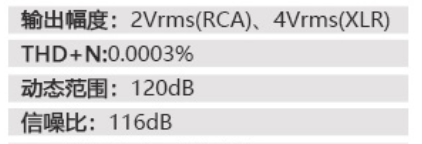
Product B
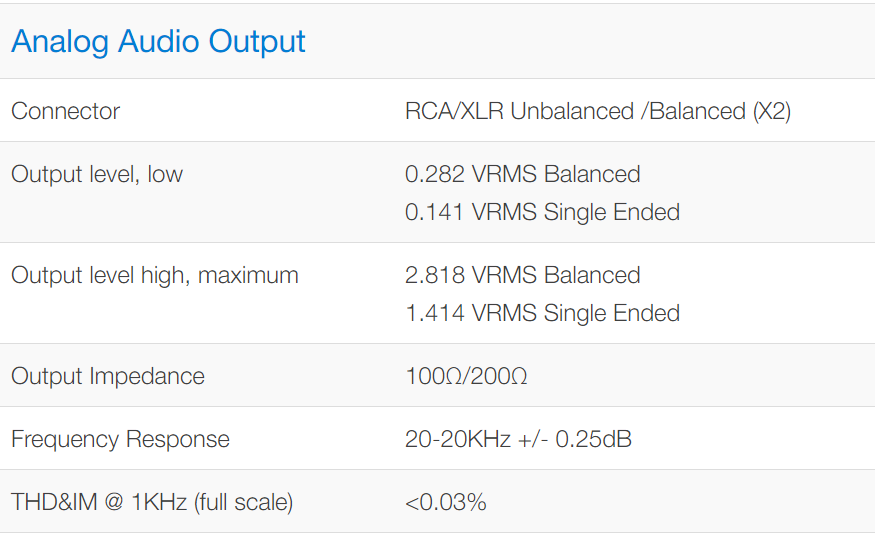 Product C
Product C
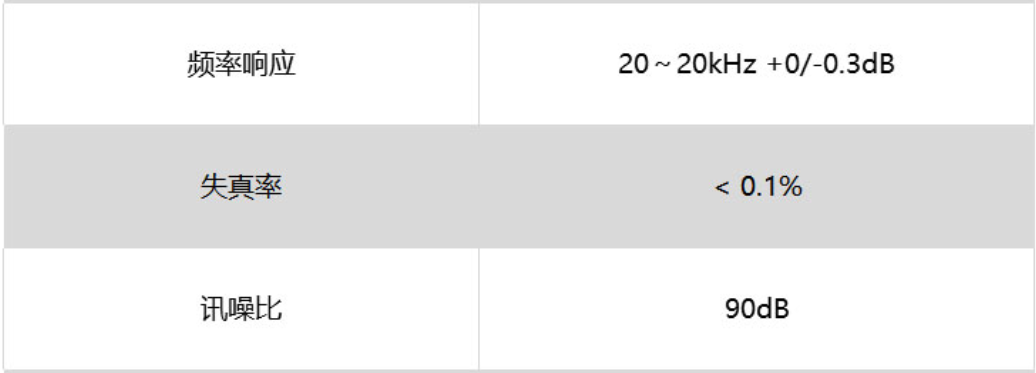
In
order to completely eliminate the influence of jitter in the
incoming signal, the R8 MK2 uses an asynchronous clocking process.
First it reads and stores
a considerable amount of signal source data to RAM, discard the
clock of the signal source, and directly use the high-performance
built-in Accusilicons to clock the output from the RAM. Since both
data and clock are handled by the FPGA, the impact of transmission
on jitter is neglectable. The jitter level is essentially the same
as what is specified for the TCXO clocks used by the R8 MK2.



The key to this processing method is to ensure the integrity of data
transmission, which is our technical secret. Realize that as soon as
a single data sample within a million is lost in the transmission, a
sharp and obvious cracking sound, like static, or a scratch on a
vinyl, will be heard during playback.
Mr. He is passionate about music and, too him, listening sessions
are a source of inspiration for new design ideas. Our cie does not
only have the advantage of having full control over software and
hardware technology, we also possess a correct understanding of
music reproduction. Without having to rely on outsourcing for R&D,
we can at any moment listen to the gears during development,
allowing the pursuit and realization of the most realistic sound
reproduction.
Because the local clock and the signal source clock are completely
isolated and run independently, the traditional jitter measurement
methods can not be applied, instead a special data acquisition
circuit is required to evaluate its level. For human beings, the
best test method is always through listening tests. A jitter-free
sound is very realistic and natural, as clear as pure water, and
very involving.
R-28 2022 Edition feature:
1, Digital input signal sampling
display and simulate vinyl record sound flavor .(New Feature)
2, USB transmit the IIS signal to the FPGA processor and receive the
clock signal from the FPGA processor, the USB interface without on
board data clocks, the signal transmit is much exact, the
sound quality get the much improve , close to the last
generative R-28 combine with DI-20 (But not DI-20HE) level.
(New Feature)
3, The FPGA process data in the parallel mode.
The IIS data is series transmit
mode, every data must need one clock cycle to process or transmit,
one frame data ( Include L and R data) must need 64 clock cycle to
process or transmit, so the data has effect by the 64 clock cycles.
But the parallel data process
and transmit mode only need one clock cycle can finish the one frame
data process
and transmit, that can avoid the effect of clock stability .
The IIS input (Include USB and HDMI-IIS) has recombine become dual
32bit parallel data once input , and the SPDIF input after decoder, has
recombine become dual 24bit parallel data, and the DSD input has
recombine become dual 64bit parallel data once input.
The parallel process and
transmit mode can improve the sound quality on the transparency and
detail but still analog.
4, Full new configuration clock
manage design built
in, improved on the clock timing.
5, DSD asynchronous clock technology
has apply that improves the sound quality obviously.
6, DOP support from SPDIF input .
7, Dual transformers power supply separately.
8,
The unit has two gain modes, the 12DB on low gain for drive
the headphone which has over 95DB sensitivity, and 22DB on high
gain cooperate with the strong power ability, enough to drive the HE6 which has around 85DB
sensitivity headphones.If customer want to boost 6-12DB gain, in
total 28-34DB gain.
Pros and cons of R-2R DAC :
Advantages:
1.R-2R will not convert the clock signal into the output
signal.
2. R-2R is not sensitive to jitter .Delta-Sigma D/A is much
more sensitive to jitter.
3. The output signal is much more precise compared to
Delta-Sigma D/A .
Weaknesses:
1.THD today is extremely good with Sigma Delta chips in
comparison to R2R ladders are good too but not as good.
2. Glitches and accuracy of the ladder resistors are very
difficult to avoid and require complex technology to resolve it.
R-2R basic design in the market:
The
R-2R DAC is very popular nowadays and available from DIY kits up to
completely high-end products.
In the low range DIY market, the R-2R design is often
based on old technology designed a long time ago by MSB and only
includes basic R2R ladder design and do not include the wonderful
correction design of the original MSB technology. This design uses
data shift registers logic chips in series mode to convert the data
to an analog signal. The structural R2R technology issues cannot be
avoided, and performance is solely depending on the accuracy of the
ladder resistors.
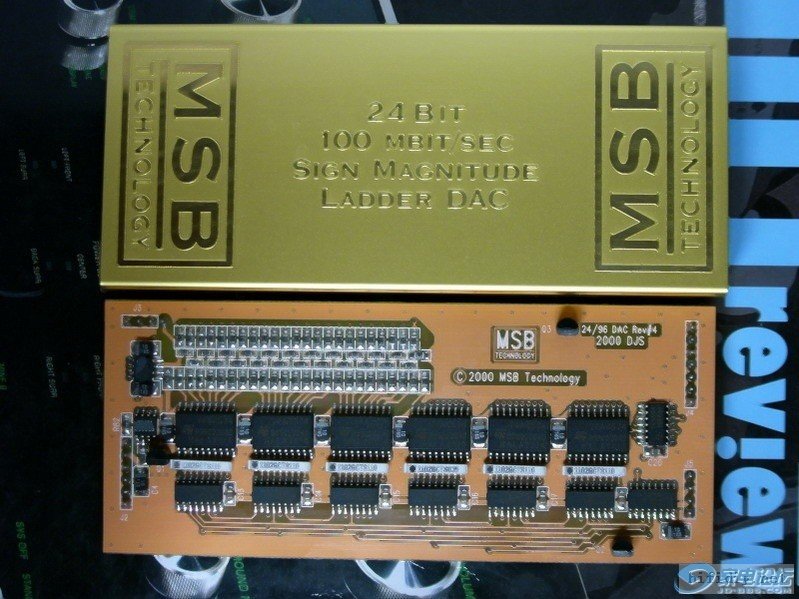
In the High-End market the R2R design is much more complex and
achieves better performance. A basic R2R ladder is simply not
sufficient enough to achieve good performance and high sound
quality! Some manufacturers are using shift registers design. A less
complex and less efficient design based on traditional logic chips
working in serial mode to correct the ladder.
A far better design switches resistors in parallel mode. An
ultra-fast FPGA controls and corrects the R2R ladder. The parallel
design mode controls every bit respectively and therefore achieve
unprecedented performance. (In parallel mode only 1 clock cycle is
needed to output all data; serial design mode needs at minimum 8 up
to 24 clock cycles) The parallel design is much more complicated.
Once designed properly it can correct every bit of the ladder.
Photo below shows a design with such FPGA, can correct the
unavoidable imperfections of the R2R ladder caused by intolerance of
resistors glitches and achieve best performance.
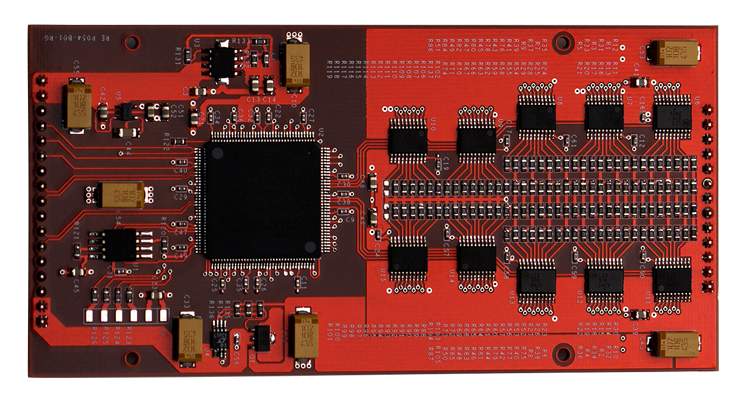
Accuracy of the ladder resistors (tolerance):
Many
people believe the tolerance of the resistors in the ladder is most
important to reach best performance. Nowadays 24 bit resolution is
standard. What tolerance is needed to achieve 24 bit resolution?
When we look at 16 bit the tolerance of 1/66536, 0.1%
(1/1000) is far not enough, even a tolerance of 0.01% (1/10000), the
best tolerance available in the world today, still cannot handle 16
bit correctly; we are not even calculating 24 bit here!
The tolerance of the resistor will never solve
Imperfections of a ladder. This would require resistors with a
tolerance of 0.00001% and ability to handle 24 bit resolution. This
is only in theory because the discreteness of the switch logic chips
have already too much internal impedance and will destroy the
impossible tolerance of a the resistor.
The solution is to correct the ladder and not to depend
on the tolerance of resistors. It��s a combination of both: Ultra-low
tolerance resistors controlled by a correction technology and very
high speed FPGA which is applied in in our design.
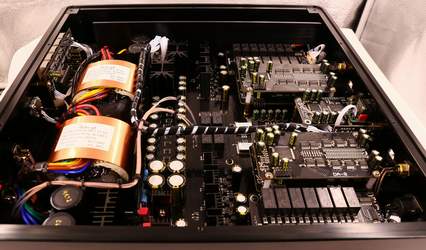
Importunacy of the FPGA/CPLD:
FPGA
stands for Programmable Array Logic.
Nowadays the FPGA is applied in a lot high end grade
DACs; like the popular ROCKNA WAVEDREAM DAC.
We have
applied the FPGA in our DAC products since 2008.
R-7 has built
in 1 pc FPGA and 5 pc CPLD programmable chipsets to separate the different
configured circuits for avoid interrupt.
The internal hardware design is fully controlled by
complex software. A huge advantage is the fact the software in the
FPGA can easily be upgraded offering new features or improve the
performance. Such design is much flexible and future proof!
�@
FPGA/CPLD tasks :
1. The FPGA
high performance SPDIF interface, replacing
traditional SPDIF interface chips like DIR9001, WM8805 or AK411X wich
are lower in performance in comparison to FPGA.
2. Full re-clocking process with FIFO design applicable
on all inputs. This way the output data keeps fully synchronized
with the clock signal to reject any jitter.
3. Built in 2X, 4X and 8X oversampling and digital
filters and on top of this 4 different true NOS (only analog 6dB
filtering) modes. To completely configure it to your liking!
4. Built in the
especial design to simulate the vinyl record sound flavor.
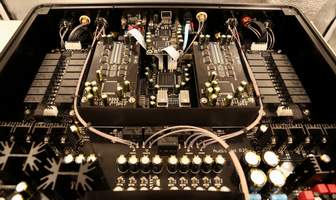
Built in an excellent real balance discrete amp
The
signal last stage is the analog output stages, which have paramount
effect the final DAC sound quality.
After d/a conversion by the R2R D/A modules the analogue
signal is transported by fully discrete matched-transistor output
stages.
The high speed special ACSS output stages are non-feedback
and current driven design.
They are Special because almost all other designs need to
convert the signal multiple times from and to current or voltage,
resulting in less detail and less defined soundstage .
The
output stages have built in 4 pair 15W transistors to offer strong
drive capanility .The diamond differential design can avoid switch
distortion , it is working in a class A but don't draw large
current while idle . The balance drive mode can kill the noise and
distortion and improves the soundstage presentation ,background and
the transparency ,ect.
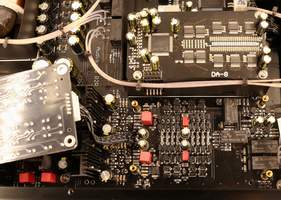
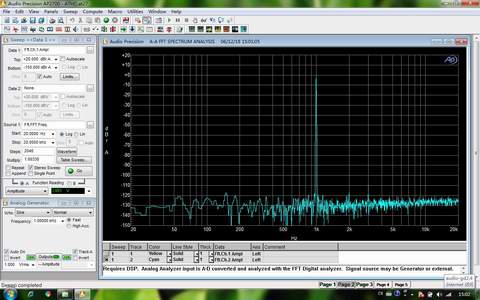
0.05% tolerance volume control system
There
4 channels volume boards are built in into the unit for a balance
volume are control by digital signal applied relaies control the
resistors in analog area . The 0.1% Vishay or KOA resistors working
in parallel mode to got the 0.05% tolerance . ( I don��t know
technical design so I can��t correct this part)
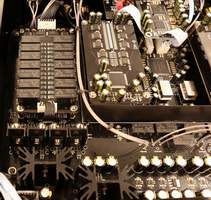
Heavy power supplies design:
The
DAC has the high quality low noise, low flux leakage, R-cores
transformers to supply all digital parts as well as left and right
analog boards.
There are in total 11 groups ultra-high speed and
ultra-low noise PSUs built in and applied in a double stage PSUs
technology for stable power delivery. That design allowes get very
clean power supply for the digital parts of DAC.
There are two groups of pure class A PSUs built in for
the analog amps .
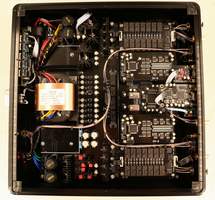
Answer
Product A �GUSD150 DAC

Product B �GUSD5000+ DAC American P brand DAC

Product C �G USD10000 British E
brand RIAA front
 |

